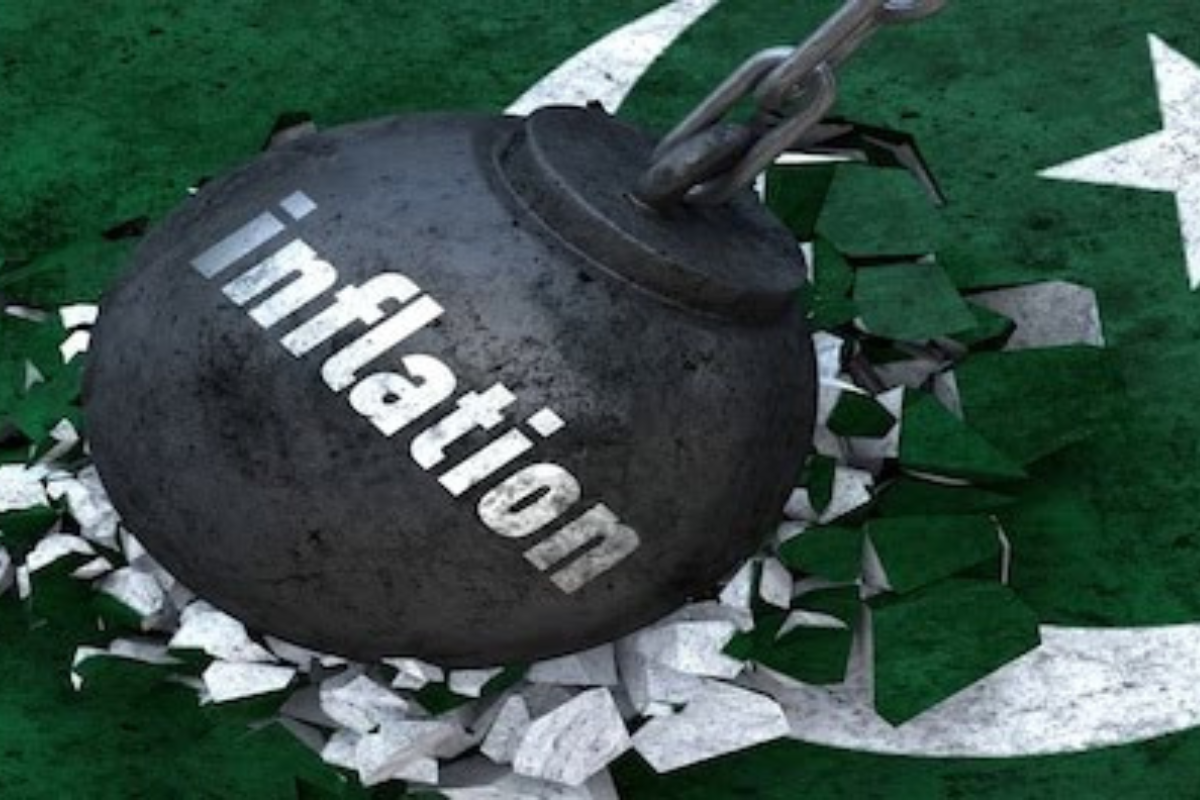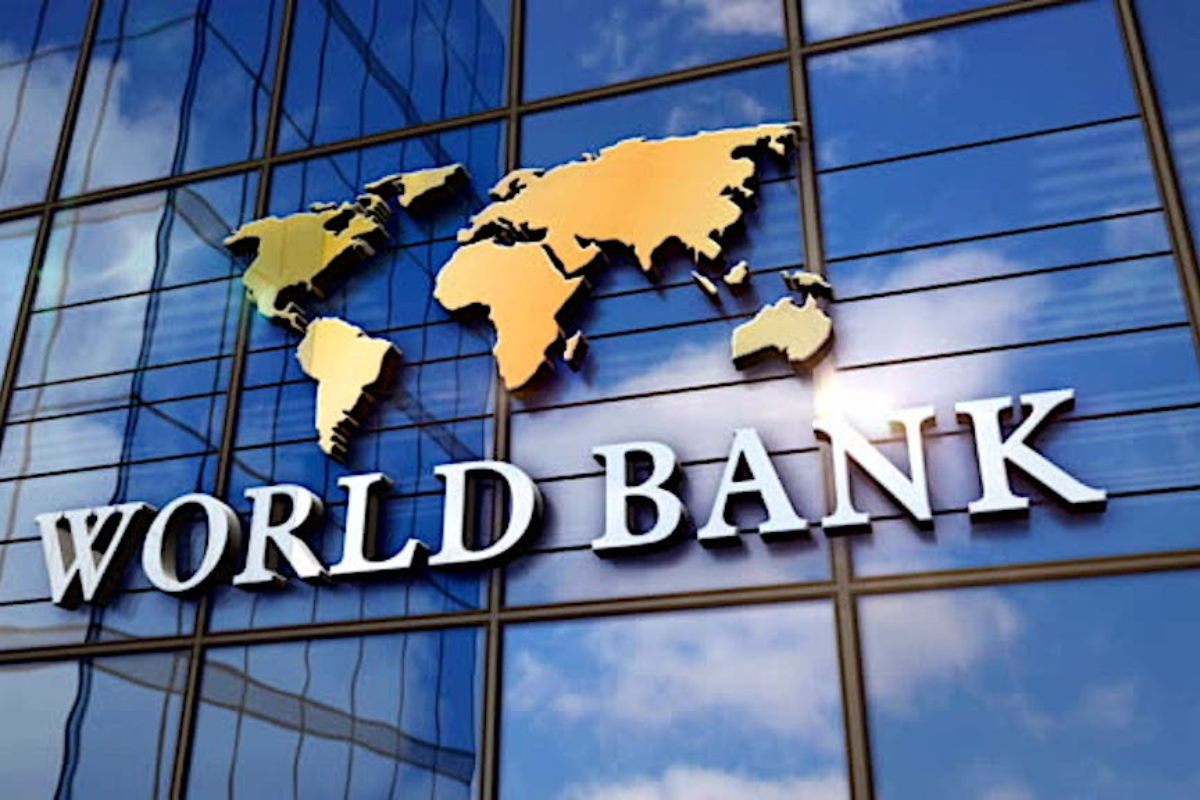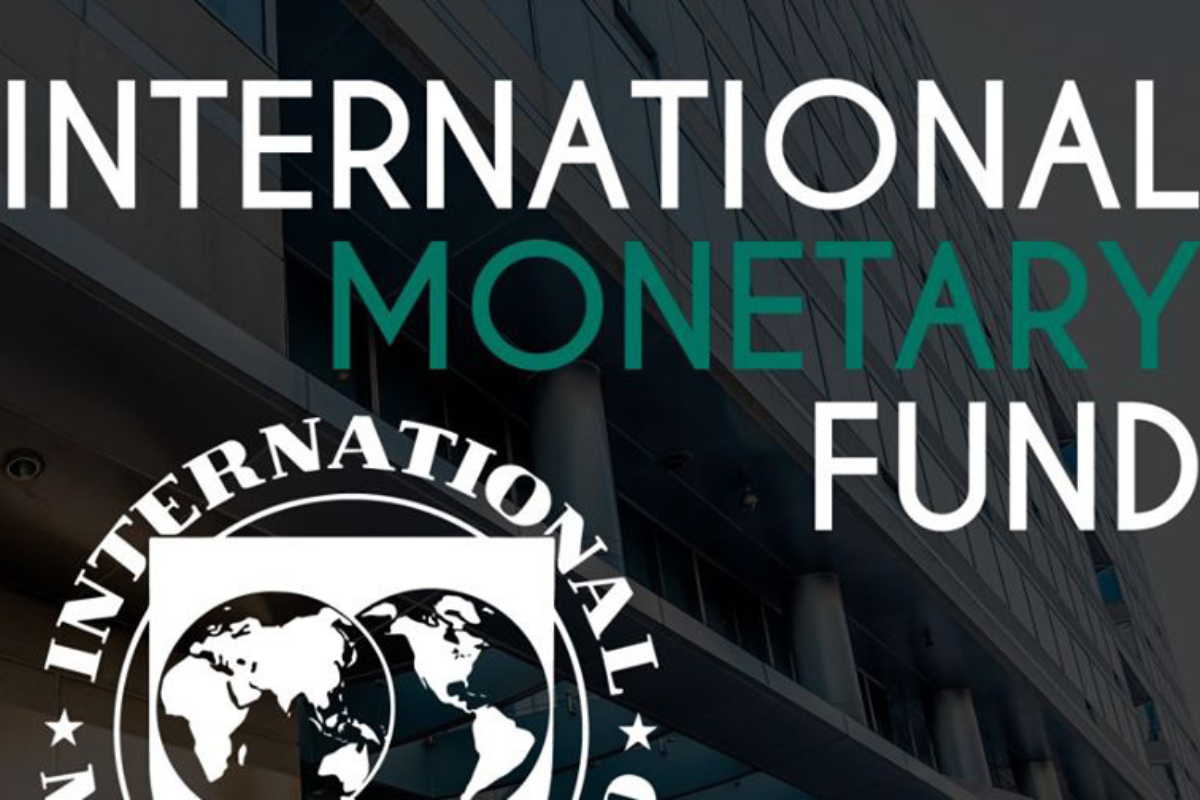Pakistan in Peril: Navigating Through the Greatest Crisis Yet in 2023!
Pakistan economy is in terrible situation with no so much external help available.

Pakistan in Peril: Navigating Through The Greatest Crisis Yet!
Pakistan is at its highest inflation rate in the last 48 years. Also, the country has been facing the greatest economic crisis ever, resulting in various tragedies. One of them is no grain reserve left with the government.
This country, since the beginning, has had the best amenities from all around. Such as geopolitical significance, it is located at the crossroads of South Asia, Central Asia and the Middle East from where it can transit trade and energy flows.
Even after being in partnership with key countries in the region, that as China, Saudi Arabia, and Iran, which could have helped Pakistan to influence regional affairs and provide it with access to important resources and markets, the country is grappling with a range of persistent and interrelated problems that are undermining its stability and progress.
Wondering what the reason is? Let’s first understand what the crisis Pakistan is facing right now is.
Crisis in Pakistan economy had a hit!

The crisis in the country is complex and multi-faceted, and there is no single solution to addressing it.
The government must take a holistic and integrated approach that addresses the economic, political, social, and security challenges facing the country.
Listing down the crises in the country’s economy –
1. Economic Crisis
The biggest challenge Pakistan is facing is the economic crisis. Where on the one side, the country’s debt continues to rise, inflation is spiralling out of control, and the value of the country’s currency is falling.
The unemployment rate is high, and the Gross Domestic Product (GDP) growth rate has been sluggish.
Pakistan’s economy has hit the poorest and most vulnerable segments of society the hardest, and many people are struggling to make ends meet.
2. Energy Crisis –
Pakistan’s energy infrastructure is obsolete, and the government is unable to keep up with the growing demand for electricity, which has resulted in widespread blackouts and power cuts, severely impacting the daily lives of people and interrupting the economy of the country.
The use of fossil fuels has drastically increased, contributing to environmental degradation and climate change.
3. Political Crisis
Throughout the country’s history, political crises have been there. From military coups and civil unrest to tension between government from centre & state, such crises have often ended up abusing human rights and democracy.
No wonder why this country is a volatile country with adverse economic developments.
Challenges like corruption, weak institutions, and regional and sectarian tensions continue to pose risks to Pakistan’s political stability.
4. Security Crisis
Hit of terrorism, insurgency, sectarian violence, and organised crime are all over Pakistan’s history. Marking the loss of thousands of lives has had a negative impact on the country’s economy and social fabric.
The main causes of all these problems in Pakistan include regional and global geopolitics, poverty and unemployment, religious and sectarian extremism, and weak law enforcement and intelligence agencies.
Though various measures were taken by the government, which have reduced the intensity.
5. Social Crisis
Poverty, inequality, lack of access to essential services, gender discrimination, and human rights abuses. These have significantly affected the country’s social and economic development making well-being a task for the population of Pakistan.
Again the main causes are almost the same, counting weak governance, lack of investment in social services, cultural and traditional practices that discriminate against certain groups, and natural disasters.
Currently, the economy of Pakistan is suffering enough to require external help. With dangerously low foreign reserves, Pakistan will be able to pay for only a few weeks worth of imports. Although, the Central bank there has hiked the interest rates to address the weak economy. Citizens of Pakistan are facing real pain in fulfilling the demand for fuel and food at home.
In addition to that Pakistan has raised taxes of 170 Billion USD.
Is this happening for the first time with Pakistan? Who is coming to rescue the country?

As far as Pakistan’s history is concerned, things like these are not happening for the first time, but yes, this is the greatest of all the times till now.
All the blame this time is on the floods, but the situation of the economy was not good even before. This country is highly dependent on imports of raw materials, energy, oil and gas, which makes it vulnerable to a great extent.
Even Pakistan’s tense relations with India deprived it of an appreciated trade and investment partner.
Although, there is a ray of hope in this situation for this nation as a few donors have come to rescue the country.
Almost 40 countries gathered at the Geneva meeting in Islamabad and sought funds of around $16.3 billion which makes it half of a recovery bill.
Over $9 billion in pledges have been announced by bilateral and multilateral partners, as confirmed by the United Nations and the Pakistani government, who are serving as co-hosts for the meeting.
According to Pakistan’s Information Minister Marriyum Aurangzeb, the Islamic Development Bank contributed $4.2 billion, while the world bank and Saudi Arabia pledged $2 billion and $1 billion, respectively. Additionally, the European Union and China were among the donors, and France and the United States also made contributions.
The hike in taxes done by Pakistan is in order to get funds from the IMF (International Monetary Fund) of $1.2 Billion under Special Drawing Rights (SDRs), which was created in 1969 by the IMF.
Not only this but the subsidies which were provided by the Government of Pakistan for gas and energy will be minimised as per the IMF conditions. Other than this Government has made a commitment to raise the petroleum development levy (PDL) to 50 Pakistani rupees per Litre.
Such a situation will highly impact the common man. In order to help vulnerable sections of Pakistani society affected by inflation, the government has also agreed to increase the allocation of funds to the Benazir Income Support Programme (BISP) from PKR 360 billion to PKR 400 billion.
History of Pakistan and IMF

This is not the first time this country has knocked on the door of the IMF for its rescue.
Here is year wise exchange of funding between Pakistan and the IMF
In 1958, received its first loan from the IMF of $15 million.
Then, in 1965, asked for and got another loan from the IMF of $45 million.
Following that, in 1972, the economy was nationalised, and the IMF suspended its loan program.
Again in 1977, received a loan of $243 million from the IMF to address its balance of payment difficulties.
Then, again in 1988, received a loan of $596 million from the IMF.
Another loan received by the country in 1990, of $616 million from the IMF, but the loan program was later suspended due to Pakistan’s failure to implement economic reforms.
Later in 1997, Pakistan received one more loan of $1.56 billion from the IMF, but the loan program was again suspended due to its failure to implement economic reforms.
Concluding, the country’s failure to comply every time.
Then, in 2001: received another loan amounting to $1.3 billion from the IMF.
In 2008, another loan of $7.6 billion from the IMF was taken again to address a balance of payment crisis.
For similar reasons, again, in 2013, Pakistan received an amount of $6.7 billion from the IMF.
Recently in 2019, Pakistan received another loan of $6 billion.
And now again in 2023, the help is asked for by our neighbours.
Will Pakistan, even after this loan by IMF, be able to continue again without any mishap, or does the IMF has to be there again, being a lifeline for the country? The Financial distress will be gigantic for the people therein.
Looking at the history of this country, defaults in conditions have been a trend for quite some time. Even after being at such a strategically advantageous location with abundant resources, they have unique superpowers to grow their economy and revive themselves within a span of 2 years if taken in the right direction by a righteous leader running the country.
Edited by Prakriti Arora




